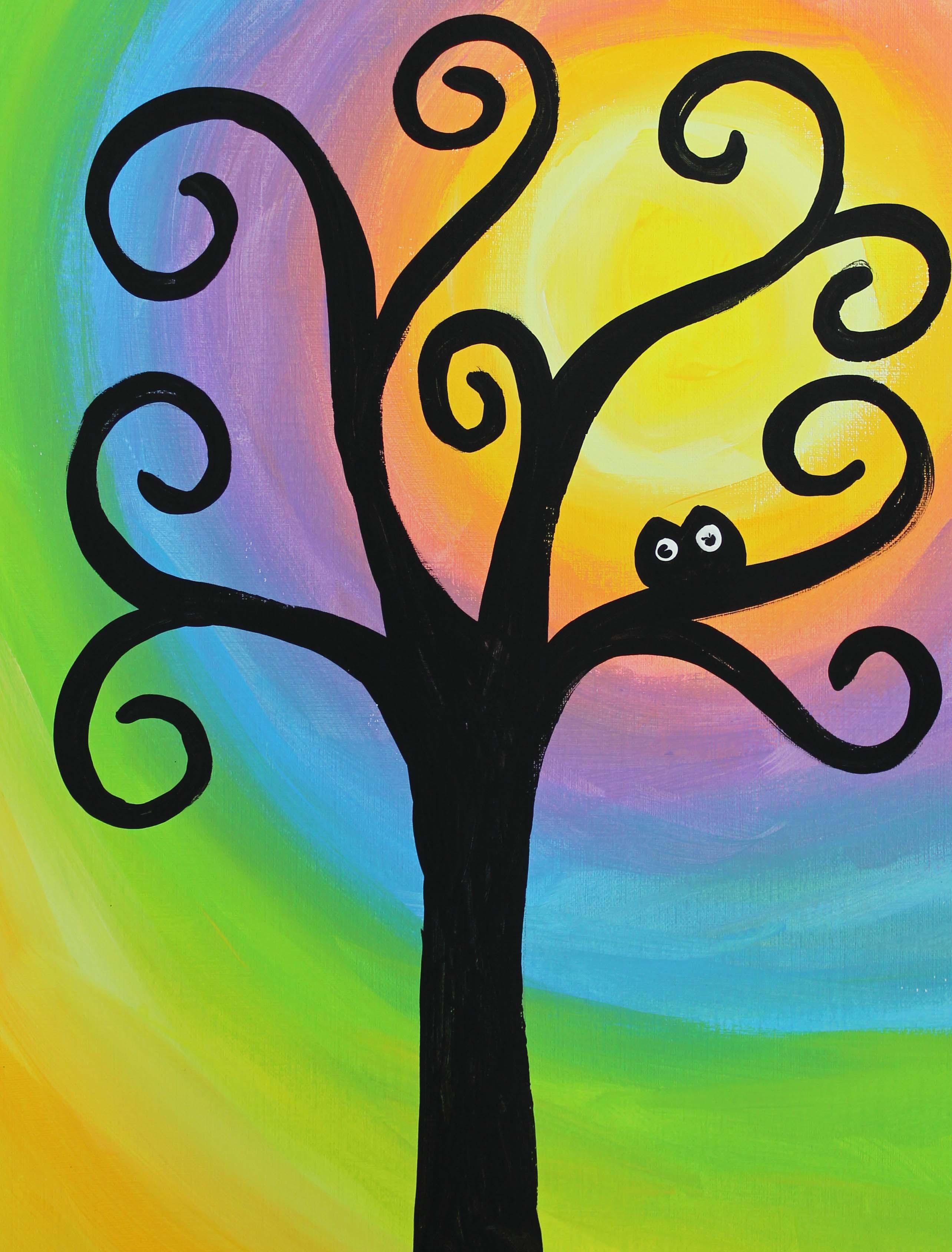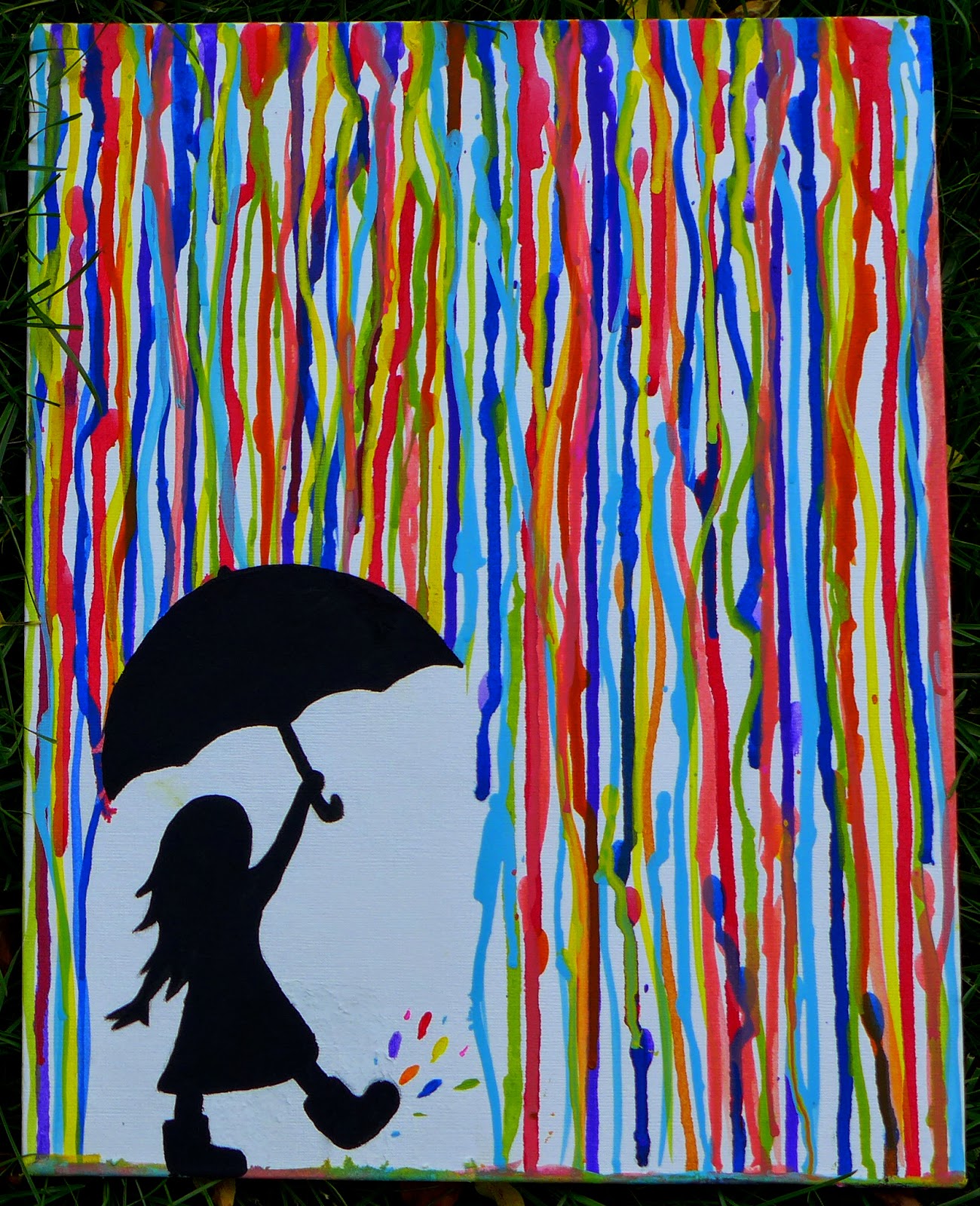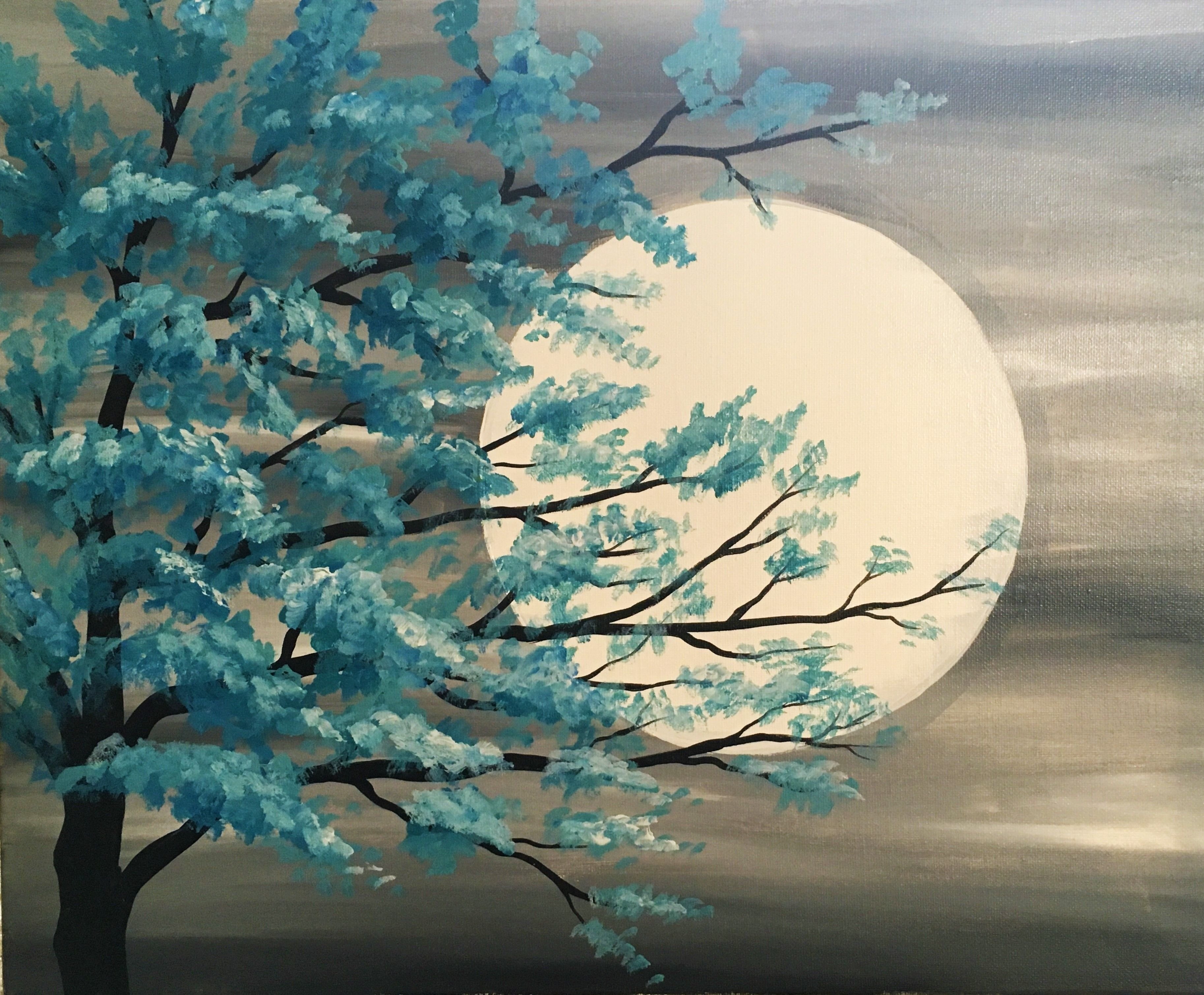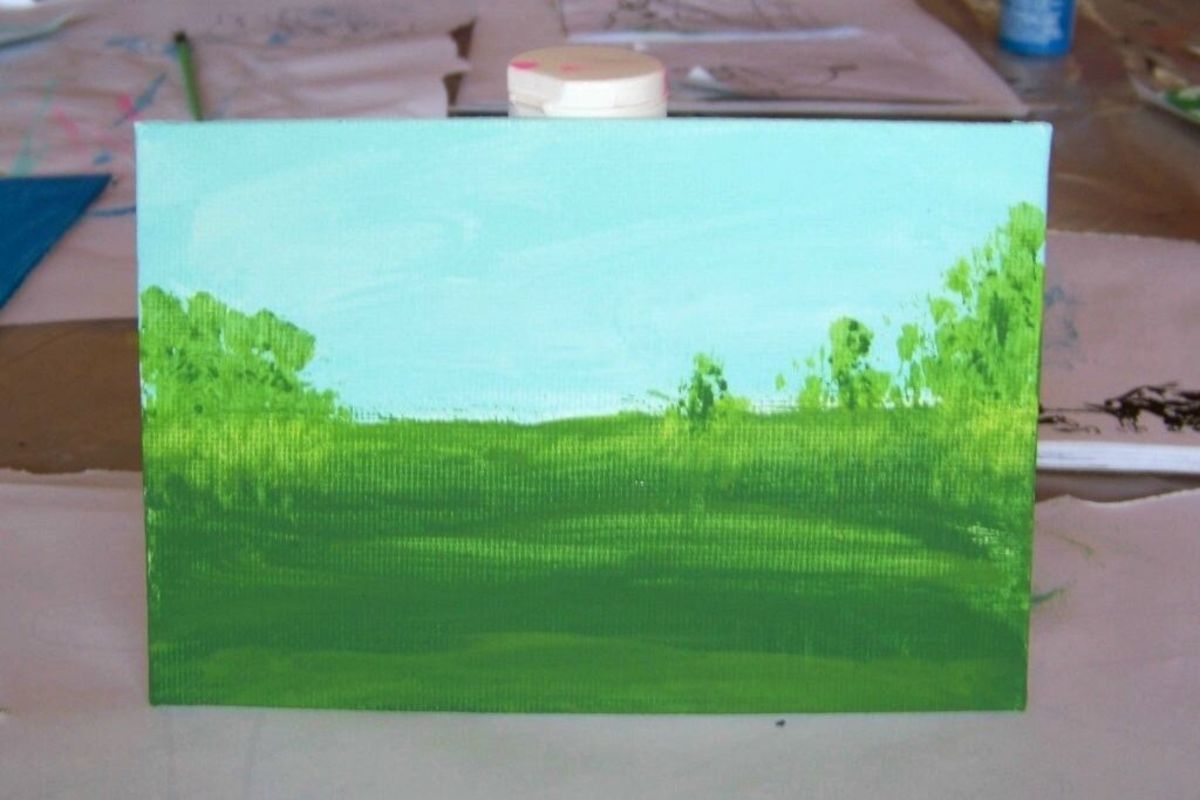Acrylbilder Leicht: Easy Acrylic Painting for Kids

Willkommen, junge Künstler! Are you ready to dive into the world of painting? Acrylbilder Leicht is all about making painting fun and easy for kids. We’ll explore the exciting world of acrylics, learn simple techniques, and unleash your creativity!
What are Acrylic Paints?
Acrylic paints are like magic! They’re water-based, which means they clean up easily with water. They dry quickly, so you can paint layer upon layer without waiting too long. And best of all, they come in a rainbow of colors!
Why Acrylic Painting?
- Fun and Easy: Acrylics are perfect for kids because they’re easy to use and clean up.
- Bright and Vibrant Colors: Acrylic paints offer a huge variety of bright and vibrant colors, making your artwork come alive!
- Fast Drying: You can quickly layer colors and create interesting effects without waiting for them to dry for hours.
- Versatile: Acrylics can be used on paper, canvas, wood, and even fabric!


Getting Started: Your Acrylic Painting Supplies
Before we start painting, let’s gather our supplies:
- Acrylic paints: Choose a set with a variety of colors, including primary colors like red, yellow, and blue, and some fun secondary colors like green, orange, and purple.
- Brushes: Get a few different sizes of brushes, from small ones for details to larger ones for filling in big areas.
- Paper or Canvas: You can start with regular drawing paper, but for a more professional look, try a canvas board.
- Palette: A palette is a flat surface where you can squeeze out your paints and mix colors. You can use a disposable paper plate or a plastic palette.
- Water Container: You’ll need a container of water for cleaning your brushes and thinning your paints.
- Paper Towels: Keep some paper towels handy for cleaning up spills and drying your brushes.


Let’s Paint! Simple Techniques for Kids
1. Basic Strokes:
- Dabbing: Use a brush to gently dab paint onto the paper, creating a textured effect.
- Swirling: Make circles and swirls with your brush to create interesting patterns.
- Lines: Draw straight or curved lines with your brush to create shapes and outlines.

2. Mixing Colors:
- Primary Colors: Red, yellow, and blue are called primary colors. You can mix them together to create other colors.
- Secondary Colors: Mixing red and yellow creates orange, red and blue creates purple, and yellow and blue creates green.
- Tertiary Colors: You can mix primary and secondary colors to create even more colors!
3. Creating Layers:
- Layering: Let each layer of paint dry before adding another layer.
- Blending: While the paint is still wet, you can blend colors together by gently brushing them over each other.
4. Adding Details:
- Outlines: Use a thin brush to outline your shapes and add details.
- Dots and Splashes: Dip your brush in paint and gently tap it on the paper to create dots and splashes.
5. Experimenting:
- Finger Painting: Don’t be afraid to get your fingers dirty! Use your fingers to spread paint and create interesting textures.
- Sponge Painting: Cut a sponge into different shapes and use it to create interesting patterns.
Benefits of Acrylic Painting for Kids
- Creativity and Imagination: Painting allows kids to express their creativity and imagination through color and form.
- Fine Motor Skills: Holding a brush and controlling the paint helps develop fine motor skills.
- Cognitive Skills: Mixing colors and planning their paintings helps develop cognitive skills.
- Emotional Expression: Painting can be a way for kids to express their emotions and feelings.
- Self-Confidence: Creating something beautiful with their own hands can boost a child’s self-confidence.
Acrylbilder Leicht: Making it Easy for Kids
This curriculum is designed to guide kids through the basics of acrylic painting. We’ll use simple techniques and easy-to-understand instructions to make painting accessible to everyone.
Frequently Asked Questions (FAQs)
1. What is the best age to start acrylic painting?
There’s no right or wrong age to start painting. Kids as young as 3 or 4 can enjoy painting with acrylics, but they may need help with some of the techniques. Older kids will be able to handle the paints and brushes more independently.
2. What if my child is messy?
Painting can be messy, but that’s part of the fun! Make sure to have a designated painting area and provide your child with a smock or apron to protect their clothes. And don’t worry about making mistakes – mistakes are part of the learning process!
3. How can I encourage my child to be creative?
The best way to encourage creativity is to provide your child with a safe and supportive environment where they can experiment and explore their ideas. Don’t be afraid to let them make mistakes and learn from them. And most importantly, praise their efforts and celebrate their achievements.
4. What are some fun things to paint?
Anything goes! Kids can paint pictures of their favorite animals, flowers, landscapes, or even their own imaginary worlds. Encourage them to use their imagination and have fun with it!
5. What are some tips for cleaning up acrylic paints?
Acrylic paints are water-based, so they clean up easily with soap and water. Make sure to wash your brushes thoroughly after each painting session to prevent them from hardening.
Let’s Get Started!
Now that you have all the supplies and information you need, it’s time to unleash your inner artist! Grab your brushes, paints, and paper, and let’s create some amazing art!
Acrylbilder Leicht makes painting fun and easy for everyone!

